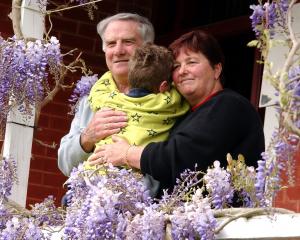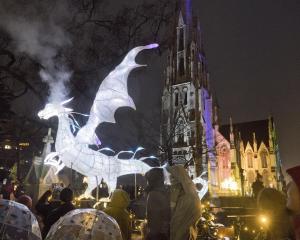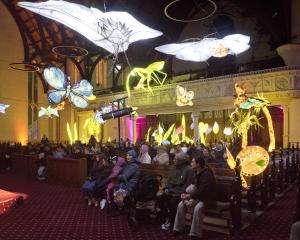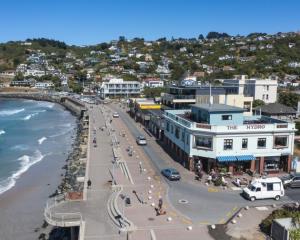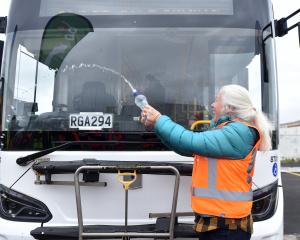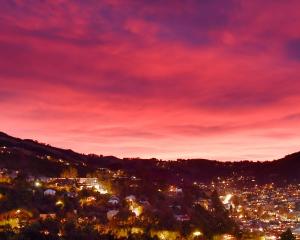
The pedestrian area has been planned for more than two years.
It will include ''a creative interpretation'' of sheep made of concrete used as bollards and other nods to the heritage precinct's agricultural, printing and maritime history.
Dunedin City Council urban design team leader Crystal Filep said Jetty St between Cumberland and Vogel Sts would be closed to traffic, and the section between Vogel and Crawford Sts open to service vehicles only.
Dr Filep said an increasing number of people were moving into the area to live and work, and the design would provide ''an attractive spot for people to relax in the heart of the warehouse precinct''.
Late in 2015, the council voted to pedestrianise the section of Jetty St.
This came despite initial concern about access by the Fire Service, and opposition from some residents because it removed a traffic route from the city towards the hill suburbs.
Dr Filep said it would cost about $550,000.
The work was expected to take four or five months.
She said heritage buildings in the precinct framed well-proportioned streetscapes that were not always used to their full potential.
''We have an opportunity in Dunedin to lead the transformation of New Zealand cities.''
An ''outdoor room'' would be created under the bridge, with benches made from recycled concrete blocks and macrocarpa complementing seating along Vogel St.
There would be bollards in the form of concrete sheep, as well as bluestone paving recycled from old cattle yards to reflect the agricultural history of the area.
Dr Filep said another design was of the area's history as a jetty.
Cycle racks under the bridge would spell out the word ''jetty''.
The stern plates from the Te Whaka - a ship built in Glasgow 107 years ago and owned by Lawrie Forbes - would be incorporated into a green-wall and community notice board along the bridge abutment.
A recycling facility would feature a steel screen stencilled with proofing symbols as a nod to the print industry that was well established in the area in the early 1900s.
Planting would provide shelter and LED lighting would be installed.

